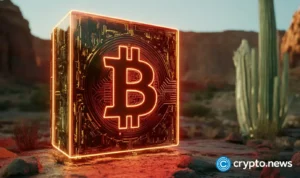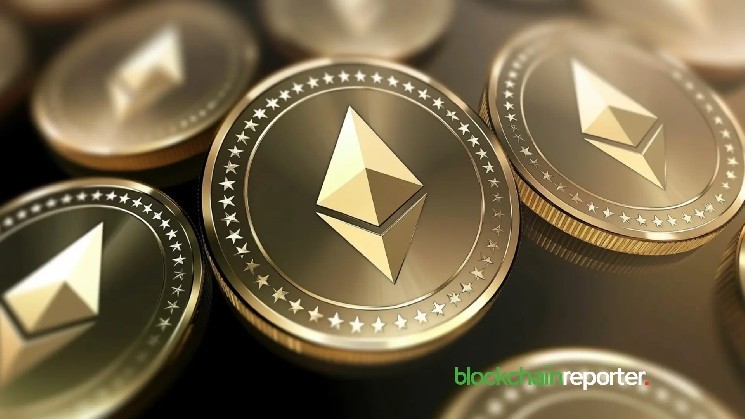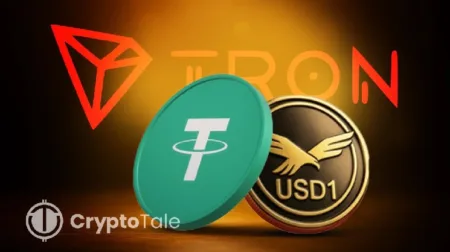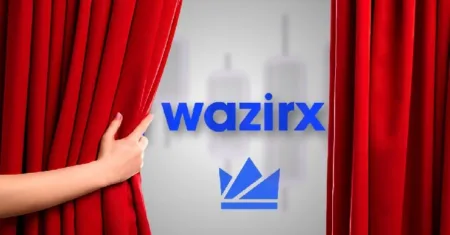In the ever-evolving world of cryptocurrencies, staking is of paramount importance when it comes to earning rewards. Staking literally means “risking” one’s capital for some gain in the future. In crypto finance, the term implies locking one’s digital assets on a PoS (proof of stake) blockchain like Ethereum, Cardano, Solana, etc. for a fixed time to earn some passive income. When you stake, you keep your crypto as a collateral, a guarantee, on the blockchain, so that the network can trust you to unlock new blocks. In contrast to PoW (proof of work) system of Bitcoin, the PoS system is far more energy friendly: it is sometimes called “Green Blockchain.”
What is Soft Staking?
Soft Staking is a new concept introduced by a few centralized exchanges, notably Binance, to eliminate the risks out of staking. On the basis of being completely risk-free, this new type of staking is also referred to as flexible staking. You can earn passive rewards on your spot holding, and yet you can trade and withdraw the specific cryptocurrency at any time you desire.
How Soft Staking Works
The exchanges claim that the rewards are generated through the on-chain proof of stake mechanism and then distributed in the respective native tokens to the holders on daily basis. The calculation of rewards takes place in an automated manner, usually by taking screenshots of the specific holdings into the account.
Different exchanges have different criteria for rewarding the holders. Generally, an exchange offers soft staking on its native token, in addition to other notable digital currencies on PoS blockchain. Binance currently offers soft staking on $BNB, $SOL, $ADA, $SUI, $TON, $S, $POL, $ALGO, $NEAR, and $AXS.
Requirement to Participate in Soft Staking
Not everyone can earn on the offered digital assets. You can qualify for the soft staking rewards only if you meet the minimum holding amount criterion stipulated by the exchange. However, there is also a cap on the required holding amounts. You can earn the staking rewards to a predefined limit. For example, Binance offers soft staking rewards on $POL only till 300,000 $POL tokens. Any holding above this limit is not considered while distributing the rewards.
Soft Staking VS Normal Staking
Normal conventional staking works a bit differently from the soft staking. First, you pick a cryptocurrency that uses PoS (e.g. $ETH, $ADA, $SOL, $DOT, etc.) and buy some of it either on an exchange or directly from the network. Next, you are to choose a staking “platform” or method. This could be an exchange, a crypto wallet, or your own staking node. Then, follow the platform’s instructions to delegate or lock your tokens. Finally, you leave your coins staked for the required time and watch them earn rewards in the same currency.
Moreover, soft staking is an exclusively solo activity. Traditional staking can be done either alone (as a validator) or in a pool by combining one’s assets with others’ holdings. Ethereum network, for example, offers a validator role to anyone who stakes at least 32 $ETH. The validator earns a dedicated node on the network that keeps working 24/7 to confirm transactions and unlock new blocks. Validators not only earn the staking rewards offered by the blockchain but also get income in the form of transaction fees. Soft staking does not offer any validator position, mainly because it is mediated and moderated by the exchanges.
Limitations of Soft Staking
Since soft staking is not directly on the blockchain, it does not benefit the network as traditional staking does. The more we stake on a blockchain, the more decentralized and safer it gets, as noted by postfinance.ch. This becomes possible due to growth in the community and stakeholders’ vested interests. Many blockchains like Polkadot and Sonic (formerly Cosmos) let stakers vote on any changes to be made.
Soft Staking Less Risky than Normal Staking
Many risks associated with staking in traditional sense get eliminated when you opt for soft staking. The first and most serious risk in normal staking is the time limit imposed by the network. If you have locked your assets and the market experiences swings, you cannot stop loss or take profit at will. When you eventually unlock your assets, you may find yourself at considerable loss or deprived of lucrative gains. In contrast, soft staking does not bind you. You can sell your cryptocurrency whenever you want, saving you against any loss or deprivation of profit.
Direct staking poses slashing risks, especially for validators. As a validator, you need to keep your systems turned on all the time. If you go offline, your node is not available to sign the transactions that are requested. Bitdegree.org states that the network imposes penalties, withholding the transaction fee as well as deducting a part of the stacked amounts.
There is yet another layer of risk that can affect both traditional staking and soft staking. Soft staking as well as traditional staking (when it uses third party platforms like exchanges) entrust the assets to exchanges that can be hacked, be misappropriated, or can go bankrupt, taking all the staked assets away with them.
Finally, the time limit is sometimes too long and brings inflation into play. When you unlock your assets from a network in normal staking, the rewards can be apparently attractive but practically negligible when balanced against the ever-rising inflation. Soft staking provides a hedge against this pitfall of the conventional staking.
APY in Soft Staking VS Normal Staking
The annual percentage yield (APY) of different assets in staking varies widely from 2% to 60%. Among major cryptocurrencies, $ADA offers as low as 2.5-3% and $S offers as high as18-21% staking rewards. Anything over this value comes with additional risk. In soft staking, the rewards are usually lower than what the main network offers directly. However, lower APY is worth the loss keeping in view the extra layer of security provided by the freedom to unlock your assets at any time.
Conclusion
The sum and substance of the discussion is that soft staking is an extremely valuable option for investors who do not want to take extra risks of locking their assets for an undefined time period, as it enables them to sell the cryptocurrency whenever they desire.
Read the full article here










